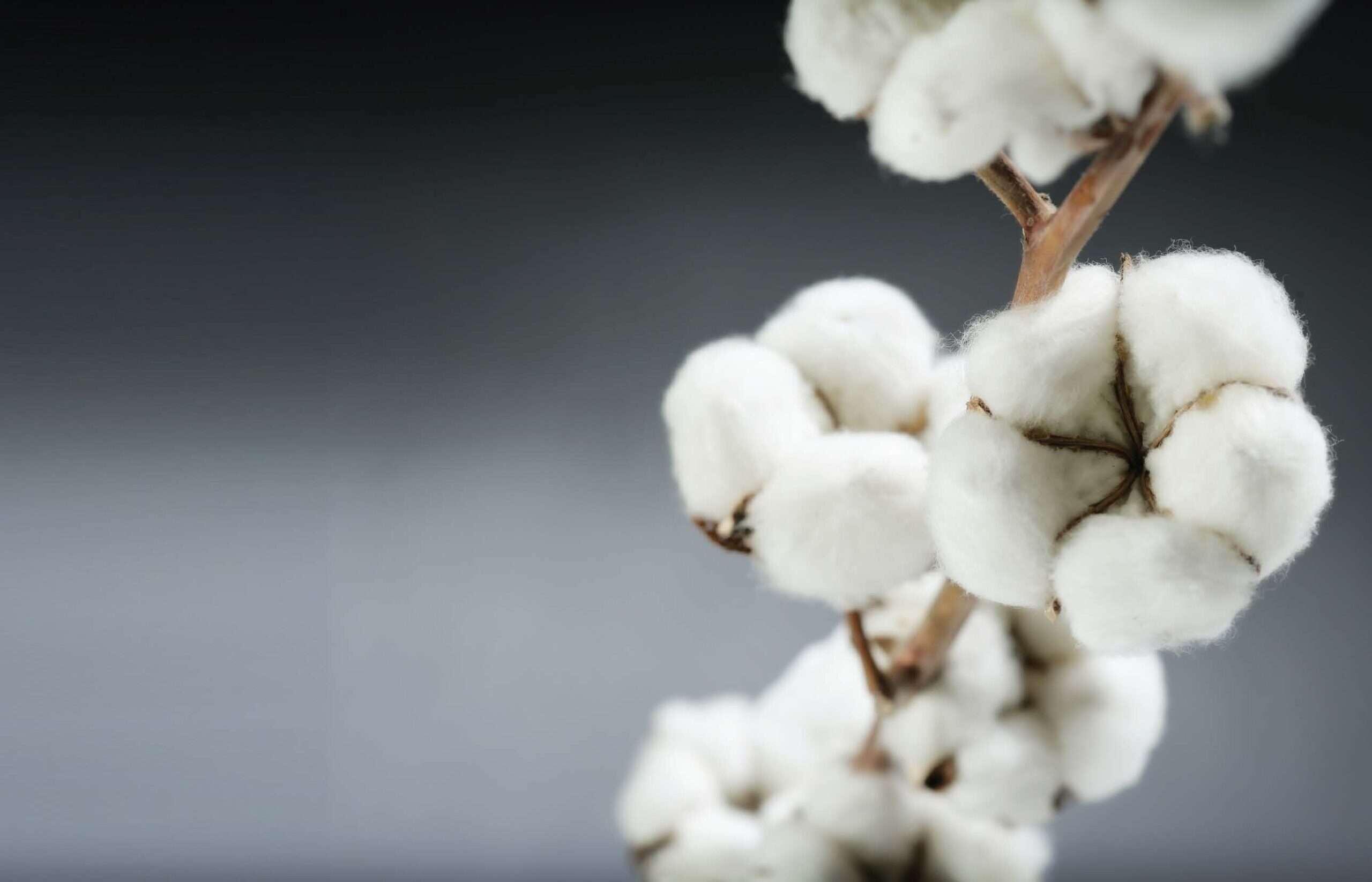
|
Getting your Trinity Audio player ready...
|
Cotton Sector Sparks Debate as Experts Challenge Official Sowing Figures
KARACHI:
Concerns are growing among farmers and agricultural experts over the widening gap between government-reported figures and actual ground realities in Pakistan’s cotton sector. They argue that inaccurate claims and politically motivated campaigns are masking the real challenges faced by cotton growers. These include water scarcity, high input costs, outdated seeds, and the urgent need for research and innovation to revive this vital industry.
Despite the Punjab Agriculture Department’s assertion that the province is close to meeting its early cotton-sowing goal of one million acres within a few days, independent assessments paint a different picture. Current reports suggest that only around 350,000 acres have been cultivated in Punjab for early cotton, raising serious doubts about the credibility of the official statements.
Agricultural analysts say that the slow pace of sowing is a direct result of systemic problems. Farmers are struggling with a lack of water, skyrocketing prices of seeds and fertilizers, and unpredictable weather patterns. These issues, if left unaddressed, could severely impact the season’s yield, putting pressure on Pakistan’s economy and its crucial textile sector.
In Sindh, early cotton cultivation is reported on approximately 600,000 acres. The federal government aims to cover five million acres in total this season, allocating 3.2 million acres for Punjab, 1.6 million acres for Sindh, and 200,000 acres for Balochistan. The projected cotton production target for the 2025–2026 season is 10.5 million bales, while the national demand from textile mills sits at 12 million bales. Each year, an additional one million bales of high-grade extra-long staple (ELS) cotton are typically imported to meet quality standards. For comparison, Pakistan’s textile exports hover around $16 billion, whereas Bangladesh, with significantly higher cotton imports at 8 million bales, sees exports of around $50 billion.
Reflecting on the previous 2024–2025 cotton cycle, Karachi Cotton Brokers Forum Chairman Naseem Usman noted that Punjab and Sindh cultivated 3.4 million and 1.6 million acres respectively. Despite greater acreage, Punjab’s yield (2.5 million bales) lagged behind Sindh (2.7 million bales). He attributes this discrepancy to low-quality seeds, lack of modern seed varieties, and harsh weather conditions in Punjab. Usman called for serious investment in research and development of climate-resilient cotton seeds to boost productivity.
Water shortages in Sindh remain another significant hurdle, with local farmers continuing to raise concerns over limited irrigation supplies. Experts warn that this could seriously hinder early cotton sowing in the region. They urged authorities to not only address water issues immediately but also double down on innovation through R&D to support long-term cotton sector growth.
Meanwhile, agriculturalists have also dismissed ongoing criticism of Dr. Yusuf Zafar, Vice President of the Pakistan Central Cotton Committee (PCCC), describing the allegations as baseless and politically charged. The controversy stems from a power struggle over the leadership of the Pakistan Agricultural Research Council (PARC), where the Ministry of Agriculture had reportedly considered giving Dr. Zafar additional responsibility.
Those defending Dr. Zafar argue that vested interests launched a smear campaign to block his appointment, using false narratives to question his leadership. During his tenure at the PC, Zafar spearheaded several institutional reforms, including clearing a backlog of salary and pension payments that had been pending for over three years. These steps significantly improved the organization’s financial standing and employee morale.
In another major move under his leadership, the All Pakistan Textile Mills Association (APTMA) agreed to settle its long-overdue cotton cess payments, pending since 2016. A payment plan has been formalized, and dues will be paid in four quarterly installments, easing financial pressures on the PC.
Agricultural stakeholders argue that these efforts, far from being signs of mismanagement, represent progress and transparency. They see the criticism as a deliberate attempt to disrupt momentum and destabilize the PCCC at a time when it is gaining international recognition. Notably, the PCCC recently secured two major international collaborations: one with the Better Cotton Initiative (BCI) and another with the Organic Cotton Accelerator (OCA), further solidifying its role in advancing sustainable cotton practices.
In addition to his ongoing responsibilities, Dr. Zafar has been appointed by the Secretary of National Food Security and Research to head an inquiry into a Rs90 million procurement case involving the olive sector. This move is seen as a testament to his credibility and commitment to transparency and procedural integrity.
On the provincial level, Punjab’s Secretary of Agriculture, Iftikhar Ali Sahoo, confirmed that the campaign for reviving cotton is being positively received. He said the province aims to sow over 3.5 million acres of cotton this season. To help meet production goals, the Punjab Chief Minister has unveiled a comprehensive support package designed to assist farmers with cultivation and input costs.
At the heart of the current controversy is a broader call for transparency, farmer support, and strategic planning based on facts—not fiction. Experts agree that the way forward lies not in inflated reports but in addressing real challenges through robust policy, sustainable water use, and science-driven innovation.
FAQs
1. Why is there a discrepancy in cotton sowing figures in Punjab?
Independent sources report only 350,000 acres sown so far, while official figures claim close to one million acres, raising questions about accuracy.
2. What is hindering early cotton cultivation in Pakistan?
Farmers face multiple challenges including water shortages, rising input costs, poor seed quality, and erratic weather, which are slowing down sowing progress.
3. How much cotton does Pakistan need annually?
Pakistan’s textile mills require about 12 million bales annually, while the government has set a target of 10.5 million bales for 2025–2026.
4. What reforms has PCCC undertaken under Dr. Yusuf Zafar’s leadership?
PCCC cleared backlogged salaries and pensions, restructured financial systems, and secured international cotton development projects.
5. Why is research and development important for the cotton sector?
R&D can lead to improved, climate-resilient seeds and more efficient farming practices, ultimately increasing yields and reducing dependency on imports.






